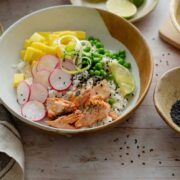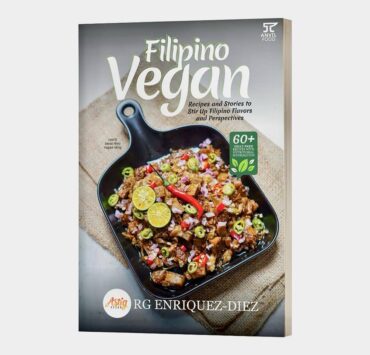‘Tagayan’ in Lucban: From ‘pancit habhab’ to ‘lambanog’
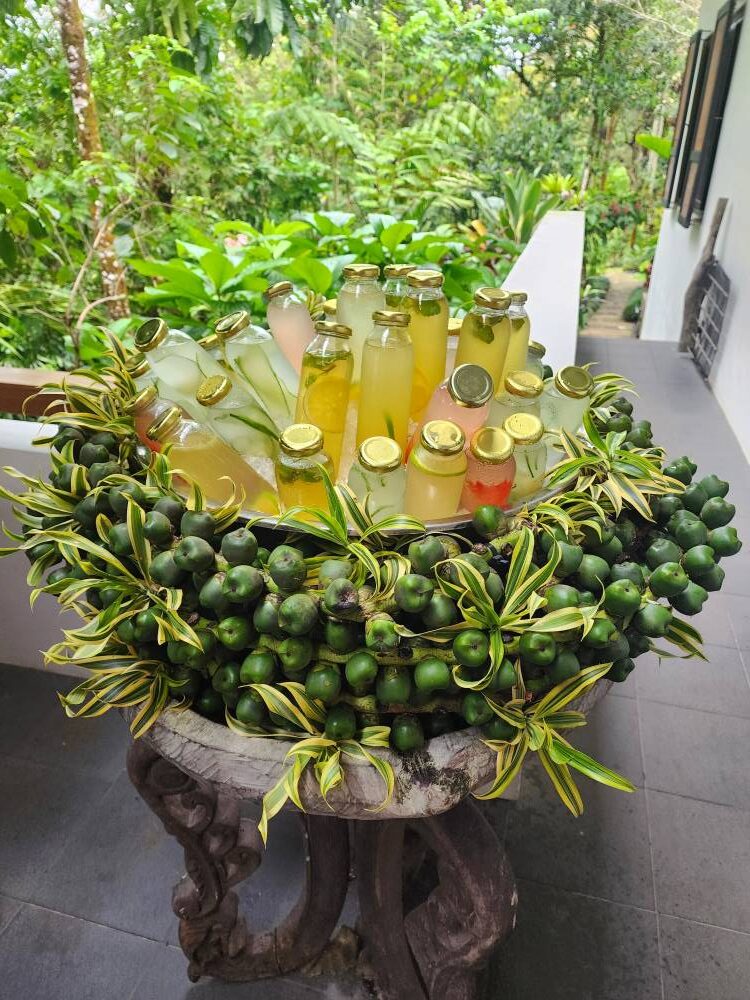
Our Kitchens of the World: Grand Coconut Trail Culinary Tour continued from Tayabas to Lucban in Quezon, where we made a quick stop to admire the rainbow-colored blooms at Insular Botanicals International Inc., one of the biggest growers and exporters of bromeliads.
From the flower farm, we took a joy ride on an e-trike. With wind blowing on our faces, we enjoyed the sight of lush forests and green fields till we arrived at beautiful TaBa, nestled on the foothills of Mount Banahaw.
TaBa or Tanaw Banahaw
(@tanaw.banahaw on Instagram) is a sprawling paradise for nature lovers. It is a self-sustaining agricultural farm that reinforces good farming methods and practices.
TaBa grows the lushest pako, kaong and many unusual fruits and vegetables, alongside rare and exotic native plants that are endemic to the region.
TaBa is the vacation house of my cousin, Rosen Sambile, and his wife Teza.
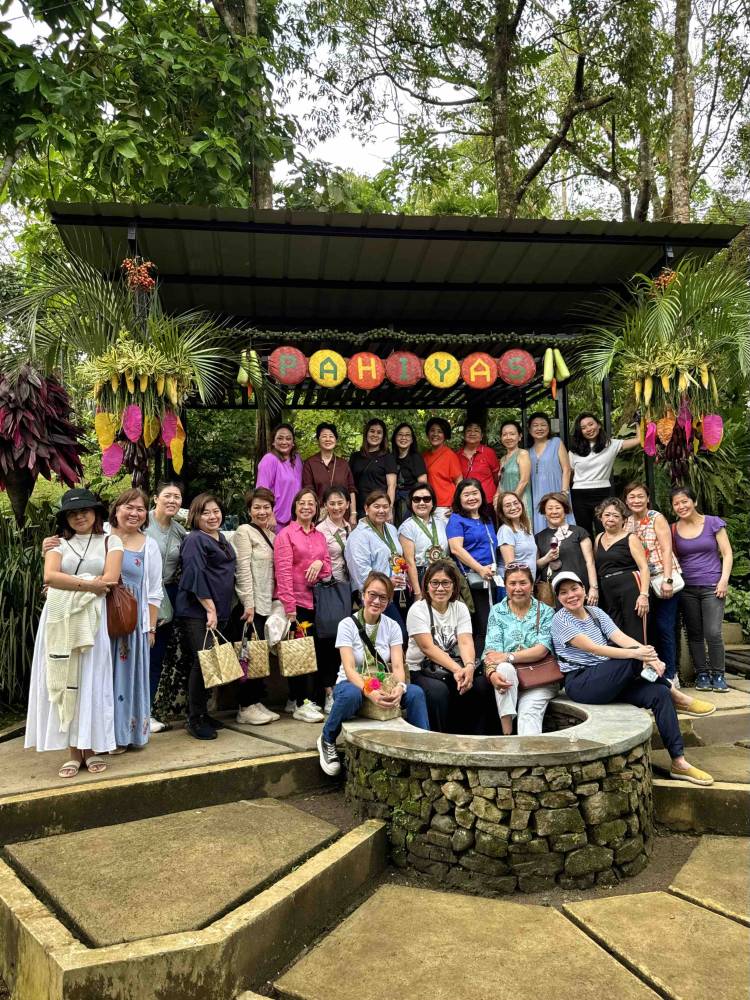
Manong Rosen wears many hats. He is an artist, landscaper, furniture maker, food aficionado and gifted cook.
TaBa combines the rustic charm and comfort of a farmhouse sprinkled with a contemporary touch.
On our visit, TaBa was stylishly decked out with exotic plants and flowers, incorporating colorful kiping into the mix. Kiping is traditional-leaf shaped wafer made from glutinous rice used to decorate the houses in Lucban during the Pahiyas Festival when farmers honor their patron saint, San Isidro Labrador, in thanksgiving for a bountiful harvest.
Parlor games
At TaBa we recreated the Pahiyas Festival, had fun playing old-school Pinoy parlor games and where we feasted on all the culinary delights of Lucban.
For us, Manong Rosen and Teza had a picture-perfect spread, mostly made from what was foraged.
The menu consisted of alagaw wrap (inspired by the Thai betel nut wrap miang kham). It was delicious. In fact, I liked the alagaw better for its subtler flavor.
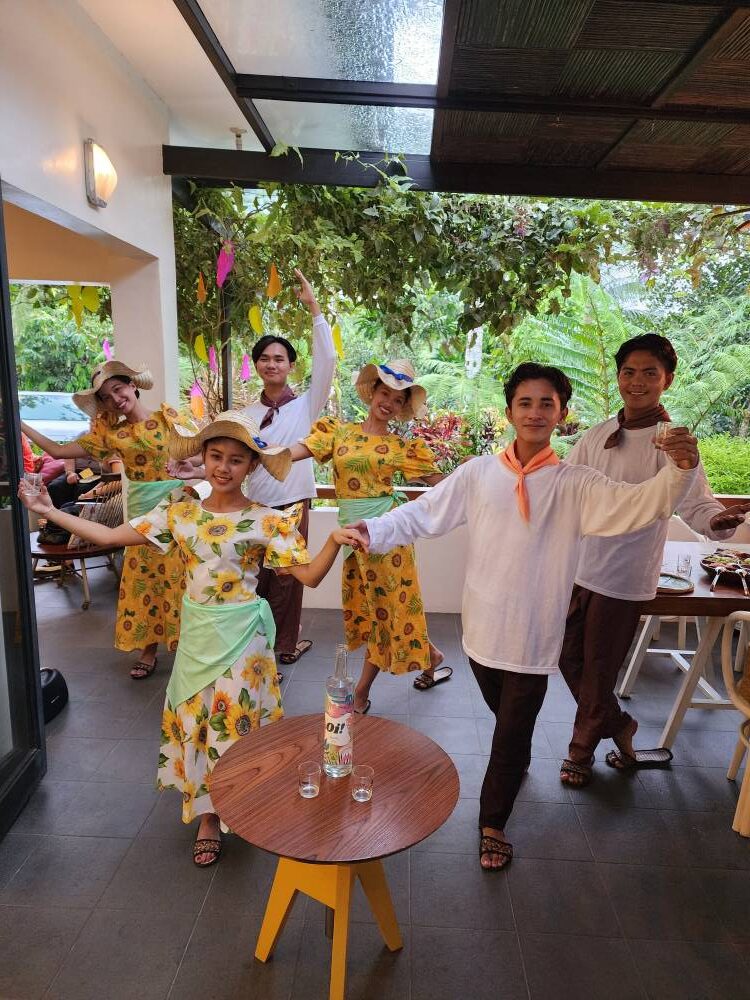
As expected, there was lumpiang ubod, given the abundance of ubod (heart of palm) in Quezon.
The star of the feast was the TaBa lechon stuffed with santol and sinantolan (fermented santol in coconut cream). The suckling pig was a show stopper. While carving, whole santol fruits mixed with sinantolan were peeping through the fall-off-the-bone meat. Crunchy roasted skin, soft flavorful meat with hints of salty, fruity and sour, with a whisper of spice—that was how the lechon tasted in one perfect bite.
The crafted beverages like the infused coconut mocktails, Oi Lambanog and Tuba slush, quenched our thirst and cut through the richness of the lechon.
Before our very eyes food artisans and local chefs prepared Quezon provincial fare. We were taught how kiping is made, and how longganisang Lucban is tied at lighting speed.
We had a taste of the comforting Bumbay soup and pancit habhab by chef Arens Ranola.
To cap the meal, we had suman at mangga, pilipit kalabasa, karyoka and, throughout our visit, bowls of assorted native tsitsirya.
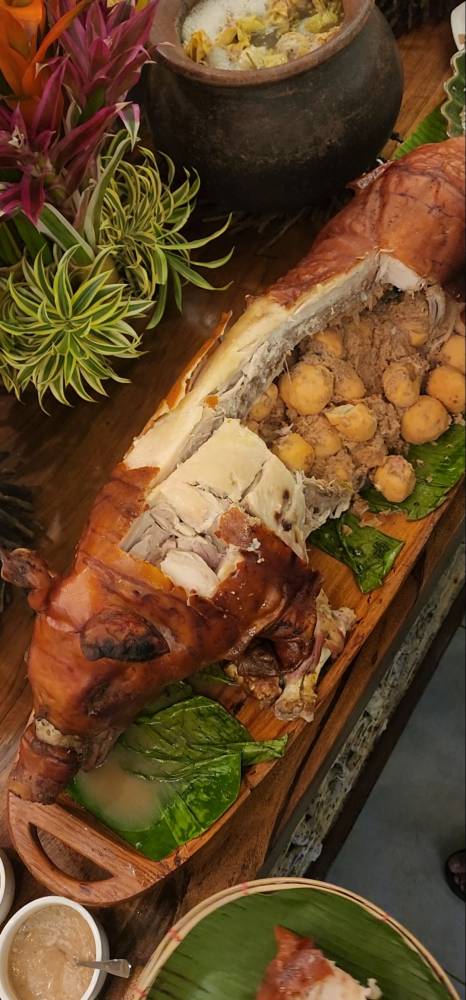
Drinking song
Before our tour came to an end, food expert and Quezon’s intangible treasure Tina Decal transformed herself into a tanggera (the master of ceremonies of the tagayan ritual).
She did not let us go until we got introduced to the tradition and the art of tagayan, a drinking ritual in Quezon that highlights their lambanog (coconut vodka).
Tagay means “drinking song,” as such, without singing, there could be no tagay. Quezonians love to drink, sing, and dance. Tagayan is a salute to hardworking farmers who, from dawn till the setting of the sun, toil to feed every Filipino. After a long day at work, farmers gather together in one umpukan and immerse themselves in tagayan to socialize and sip lambanog moderately. This is how Quezonians welcome and bid guests farewell.
And so we sang the tagayan song and danced the tagayan dance. We raised our glasses filled with exquisite Oi Lambanog and offered a toast, in gratitude for a wonderful day, for the chance to discover the wonders of Quezon and the beauty of the Philippines.
Here’s a taste of Lucban. The noodles are called pancit Lucban but popularly known as pansit habhab, so called because of the manner it’s eaten—straight from a banana leaf to the mouth without the use of spoon or fork. It is traditionally a street food, first sold to workers. Simple, tasty and filling.
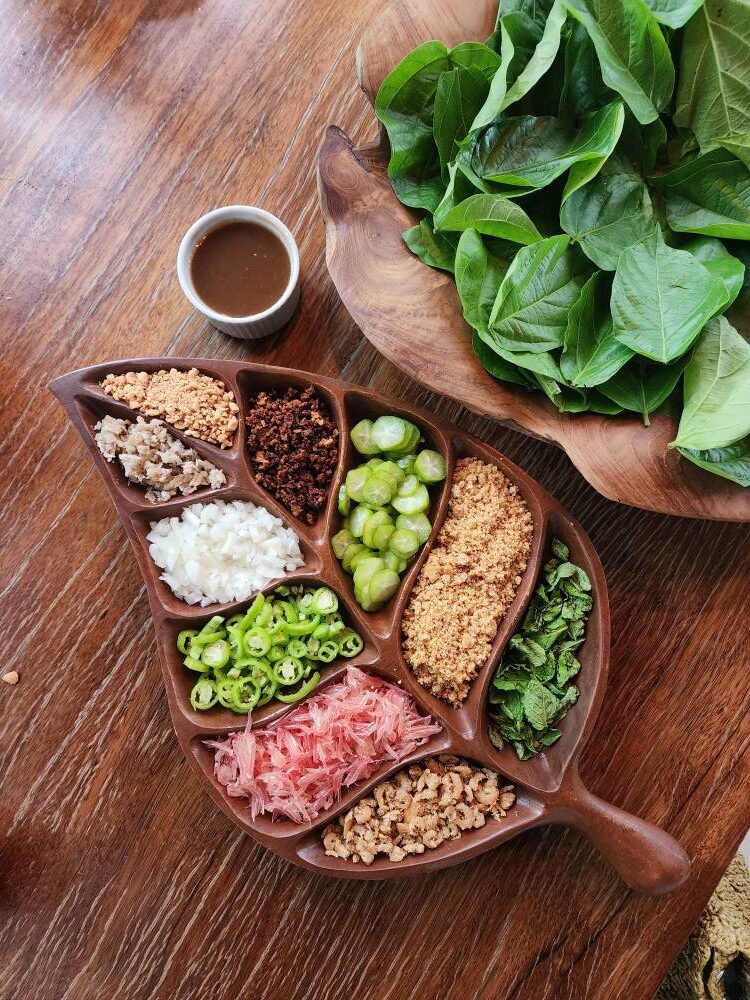
Pancit Habhab
1 kg fresh miki Lucban
250 g pork fat
1 kg pork bones
250 g pork belly, thinly sliced
100 g garlic, minced
100 g white onion, minced
50 g white onion, thinly sliced, round
80 g carrots, julienned
80 g sayote, julienned
75 g pechay, chopped
150 ml Knorr Seasoning
2 liters water, as needed
salt and pepper, to taste
Stock:
Boil bones and water for 2-3 hours until the broth looks milky and the meat and cartilage on the bones are falling off the bones. Strain and reserve for later use.
Bintak (fried pork fat):
Fry pork fat until oil is extracted. Strain and separate the crunchy fried fat and the rendered oil.
Heat some pork fat in a large skillet or wok over medium heat.
Add minced garlic and minced onion. Sauté garlic till fragrant and onion is translucent.
Add pork belly slices and cook until browned and cooked through.
Add and sauté the sayote and carrots until half cooked.
Add pechay and round sliced onions for a quick stir; cook al dente.
Once everything is cooked, set aside. This will be the topping for the cooked pancit.
Cooking the noodles:
Heat the remaining pork fat or oil in a large skillet or wok over medium heat.
Sauté the remaining garlic and onions.
Add the pork stock and Knorr seasoning. Season with salt and pepper to taste. Cover the wok and bring it to a boil.
Once boiling, add the fresh miki Lucban noodles, adding stock as needed while cooking. The noodles should have a slight bite and be coated with a luscious sauce from the fat and broth.
Serve in a bowl with the veggies on top. You can also add raw, sliced onions and sprinkle ground black pepper for a classic pancit habhab presentation. Serve hot.
www.reggieaspiras.com @iamreggieaspiras on Instagram and Facebook











